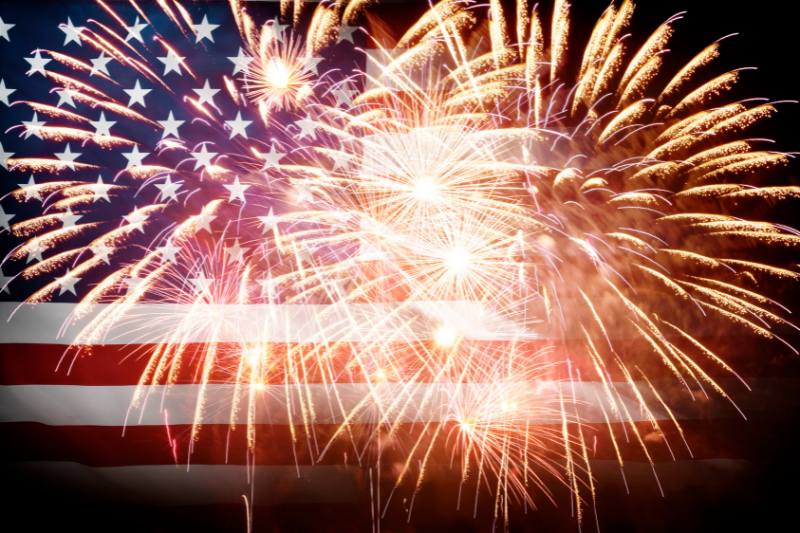Fireworks have been a popular form of celebration in the United States for over a century. The process of buying and selling fireworks has evolved over time, with many changes in regulations and consumer preferences. One thing that’s held true though is the management of firework inventory has been an essential part of it’s seasonal supply and demand.
How They Work
Fireworks work by combining several chemical compounds in a specific order to create colorful and explosive displays. The main components of fireworks are fuel, oxidizer, and a chemical compound that produces the desired color when burned. When ignited, the fuel and oxidizer create a rapid combustion reaction that releases gas and heat, which propels the firework into the air. As the firework ascends, the burning chemicals produce a bright and colorful display that is visible from a distance. The specific colors and patterns of the fireworks depend on the type and amount of chemical compounds used in their construction.
History
In the early 1900s, fireworks were primarily imported from China. However, as tensions between the two countries grew, the U.S. government began to restrict the importation of fireworks. This led to the development of a domestic fireworks industry, with companies such as the American Fireworks Company and the Standard Fireworks Company becoming major players in the market.
During the mid-1900s, fireworks sales were primarily seasonal, with a focus on the Fourth of July and New Year’s Eve. However, as consumer demand grew, many states began to relax their fireworks laws, allowing for year-round sales. In the 1980s and 1990s, the industry saw a surge in popularity with the introduction of new types of fireworks, such as aerial shells and multi-shot cakes.
Today, the fireworks industry in the United States is a multi-billion dollar business, with a wide variety of products available for consumers to purchase. However, regulations continue to be a major factor in the buying and selling of fireworks, with each state having its own set of laws and restrictions. Despite these challenges, fireworks remain a beloved part of American culture and tradition, with millions of people enjoying displays every year.
Firework Inventory
Firework manufacturers, wholesalers, and vendors rely on inventory management processes to ensure success and profitability during their busiest time of year, late June to early July. These processes involve carefully tracking inventory levels, forecasting demand, and implementing efficient supply chain strategies to minimize waste and maximize profits. By maintaining accurate inventory records, businesses can avoid stockouts and ensure that they have the right products available when customers are ready to buy. Additionally, effective inventory management can help businesses reduce costs associated with carrying excess inventory, such as storage and insurance expenses. Overall, inventory management is crucial for firework businesses looking to make the most of their brief but lucrative selling season.
Flowtrac’s inventory management software solutions is a game changer for firework manufacturers, wholesalers, and vendors. With features like real-time tracking, barcode scanning, and automated inventory control, Flowtrac’s software makes it easy to keep track of every item in your inventory, from the smallest sparkler to the largest fireworks display. This means that you can rest assured that you have the right products in stock when your customers need them, and avoid the costly mistakes of overstocking or running out of inventory. Additionally, Flowtrac’s software can help reduce errors and improve efficiency in your operations, which can ultimately lead to increased profitability. If you’re in the fireworks business, you owe it to yourself to check out Flowtrac’s inventory management software solutions.
Safety Tips for Everyone
Here are some safety tips for using fireworks on Fourth of July and New Year’s Eve:
- Always read and follow the instructions on fireworks packaging.
- Only use fireworks outdoors, away from buildings, trees, and other flammable materials.
- Keep a bucket of water or hose nearby in case of a fire.
- Do not allow young children to handle or light fireworks.
- Do not hold fireworks in your hand or point them at other people.
- Keep a safe distance from fireworks when lighting them.
- Wear eye protection when lighting fireworks.
- Do not attempt to relight or handle malfunctioning fireworks.
- Dispose of used fireworks in a bucket of water or a metal container.
- Consider attending a professional fireworks show instead of lighting your own fireworks.
